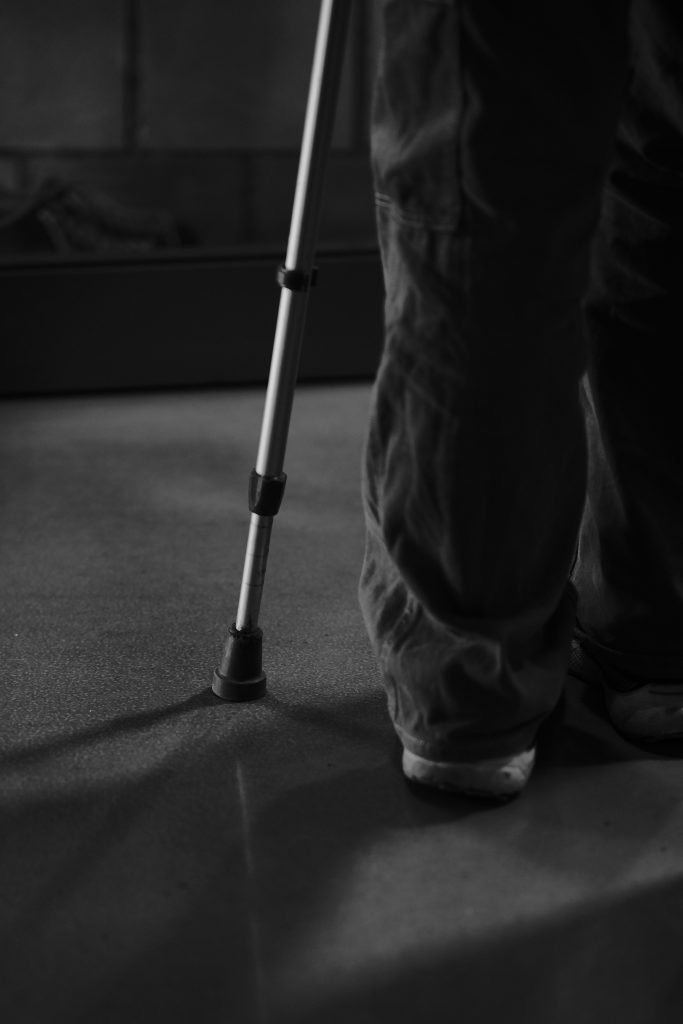Legg-Calves-Perthes disease (LCPD)
Posted on September 10th, 2024 by Andries Lodder
By: Gcina Gumede
Legg-Calves-Perthes disease (LCPD) is when the blood supply of the femoral epiphysis of the femoral head (the “ball” of the ball-and-socket hip joint) is interrupted. The disease involves a temporary interruption of blood supply to the femoral head, which leads to the death of bone tissue in the femoral head.
Etiology of LCPD
The exact cause of Legg-Calvé-Perthes disease is not fully understood, but it is believed to involve a combination of genetic factors and vascular factors that affect the blood supply to the hip. Symptoms can include limping, pain in the hip or groin area, and limited range of motion in the hip joint. Over time, as the bone tissue heals and regrows and the body reabsorbs the dead bone tissue, the femoral head may become deformed and lead to arthritis in adulthood. This arthritis is caused by the remodelled femoral head being enlarged or flattened. It could take an individual 2 to 4 years to fully recover from this condition.
Treatment
Treatment options vary based on the child’s age, the stage of the disease, and the degree of hip involvement. Here are common treatments for LCPD:
- Rest and Activity Modification: Limiting weight-bearing activities to reduce stress on the hip joint.
- Physical Therapy/Biokinetics: Exercises to maintain hip motion and strengthen the muscles around the hip.
- Medications: Nonsteroidal anti-inflammatory drugs (NSAIDs) to relieve pain and reduce inflammation.
- Bracing or Casting: Using braces or casts to keep the femoral head within the hip socket, promoting proper healing.
- Surgical Interventions:
- Osteotomy: Realigning the femur or pelvis to improve the fit of the femoral head in the hip socket.
- Hip Distraction: Using an external fixator to allow the hip joint to heal by temporarily relieving pressure.
- Observation: Regular follow-ups with imaging to monitor the progression of the disease.
Early diagnosis and treatment are crucial for better outcomes in LCPD. Consulting a paediatric orthopaedic specialist is essential for a tailored treatment plan.
Benefits of exercise Rehabilitation in LCPD
Maintains Joint Mobility:
- Stretching and Range-of-Motion Exercises: These exercises help maintain and improve the range of motion in the hip joint, preventing stiffness and promoting better joint function.
Strengthens Muscles:
- Strengthening Exercises: Strengthening the muscles around the hip can provide better support for the joint, reducing pain and improving mobility. Strong muscles also help distribute the weight more evenly across the hip joint.
Reduces Pain and Inflammation:
- Low-Impact Activities: Activities like swimming or cycling can enhance blood circulation, reduce inflammation, and decrease pain without putting too much stress on the hip joint.
Prevents Muscle Atrophy:
- Regular Exercise Routine: Ensuring that the muscles remain active prevents atrophy (muscle wasting), which is essential during the recovery phase of LCPD.
Improves Overall Physical Health:
- General Fitness: Maintaining overall physical health through exercise helps in faster recovery and better management of the condition. It also promotes cardiovascular health, which can be beneficial for the overall healing process
A Biokineticist can design a personalised exercise program tailored to the individual’s specific condition and progression of LCPD. They can ensure exercises are done correctly and adjust the regimen as needed.
Please feel free to contact us on social media or on our website.
Tweet
